Interview From Forward Magazine:
For the airline and air cargo businesses, the global pandemic proved to be a double-edged sword. Commercial airlines across the globe were hit mercilessly as they parked or mothballed thousands of aircraft, while for many in the air cargo industry, it was like trying to drink from a fire hydrant. Belly space usually reserved for cargo on commercial passenger flights moved to the dedicated airfreight operators, and new entrants popped up at an alarming pace.
For Pacific Air Cargo (PAC), it was bitter-sweet as demand on its primary route westbound between Los Angeles and Hawaii was at an all-time high, while their long-term commercial airline partners’ backhaul cargo to the west coast dried up overnight. The company switched gears quickly, and soon the daily B747-400F to Hawaii was flying on to Asia under charter, helping to satisfy the insatiable demand for capacity to the U.S., while the team back in Honolulu was ground-handling many of the different cargo airlines that were keeping Hawaii supplied.
Today, the PAC Team maintains a watchful eye for charter opportunities from gateways across the U.S., offering services to Pacific Island destinations of American Samoa, Guam, and beyond, in addition to all the Hawaiian Islands. Several B747-400 Nose-Loader aircraft in the fleet are often chartered to move oversize cargo such as large aircraft jet engines, wind turbines, special events equipment, FEMA relief supplies, and much more.
Recently, Pacific Air Cargo has established a reliable Road Feeder Service (PAC RFS) network outbound to all the Hawaiian Islands, as well as Hawaii back to most of the major gateways across the U.S. At the same time, new GSA partners are extending PAC’s commercial footprint down the east coast from Boston to Miami, with Network Cargo Services (NCS); the Pacific Northwest with ATC Aviation Services and the Mid-West from Chicago to Texas with Airline Network Services (ANS) which will link them to new international markets in Europe and Canada; and all will be driving cargo to PAC’s trans-Pacific network. Out of adversity, Pacific Air Cargo has learned to be nimbler and more creative as they look for fresh opportunities as they continue to grow.


